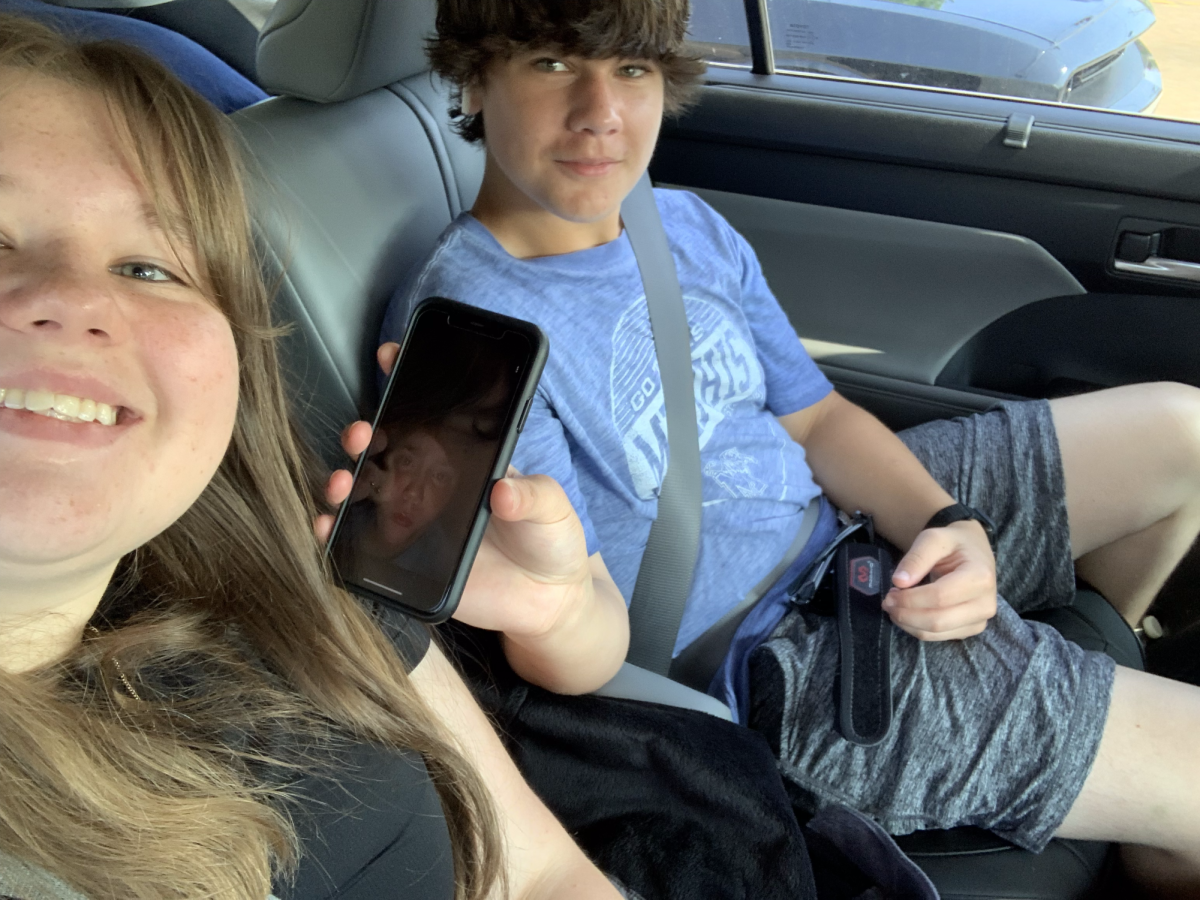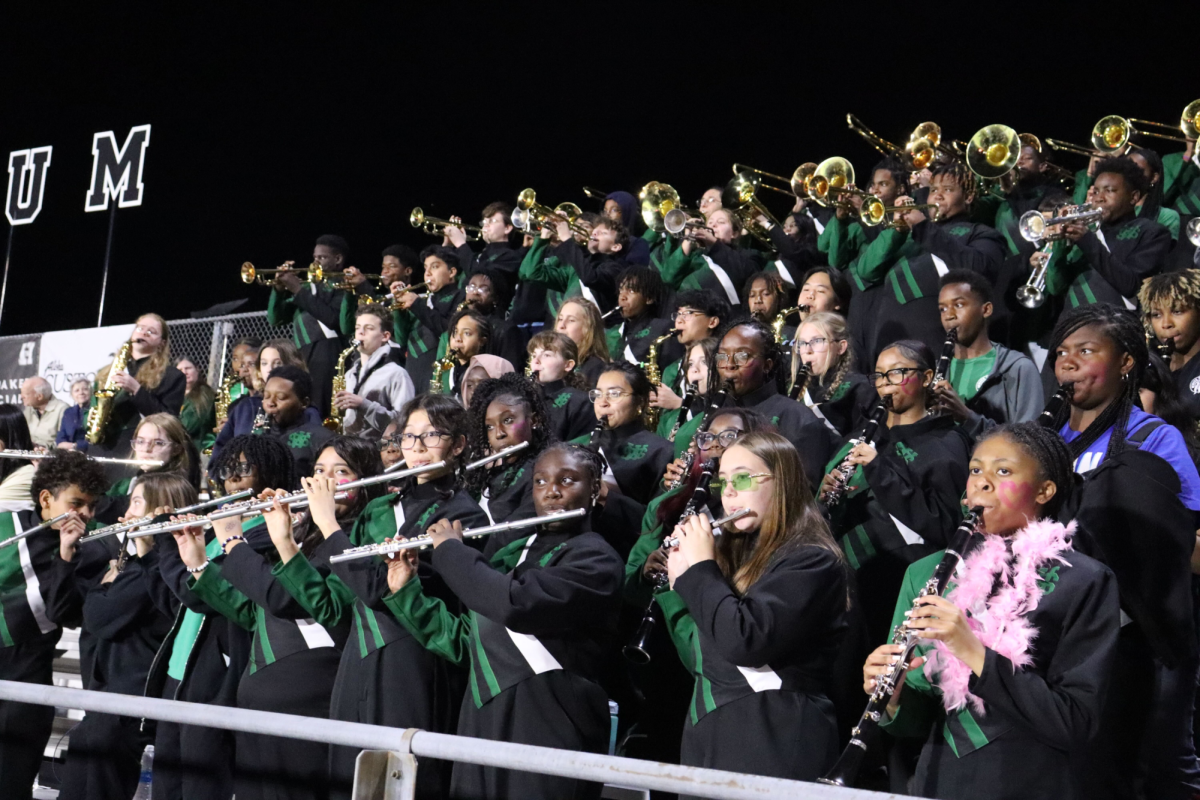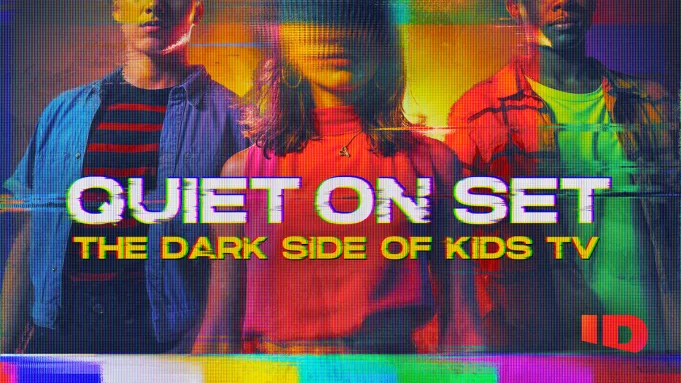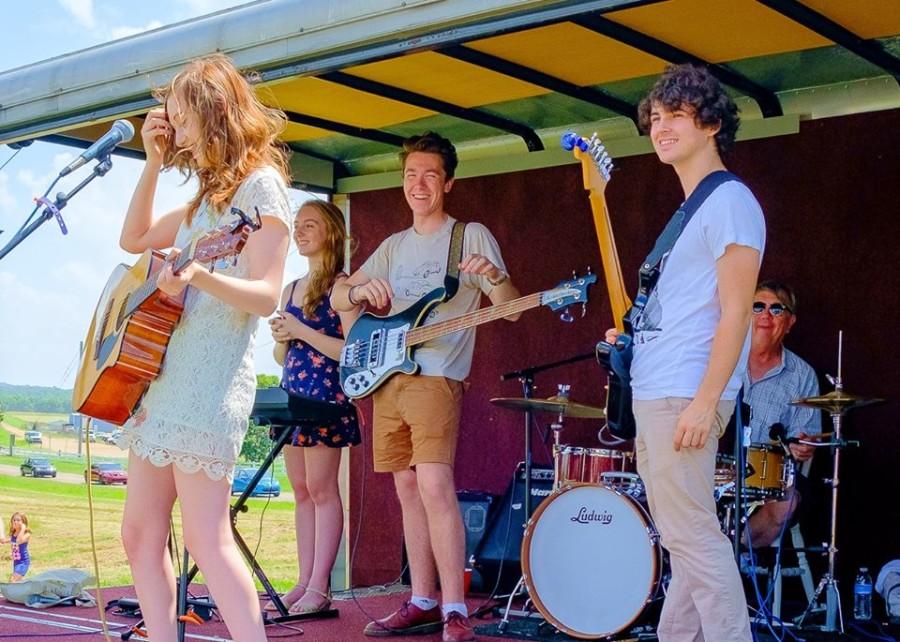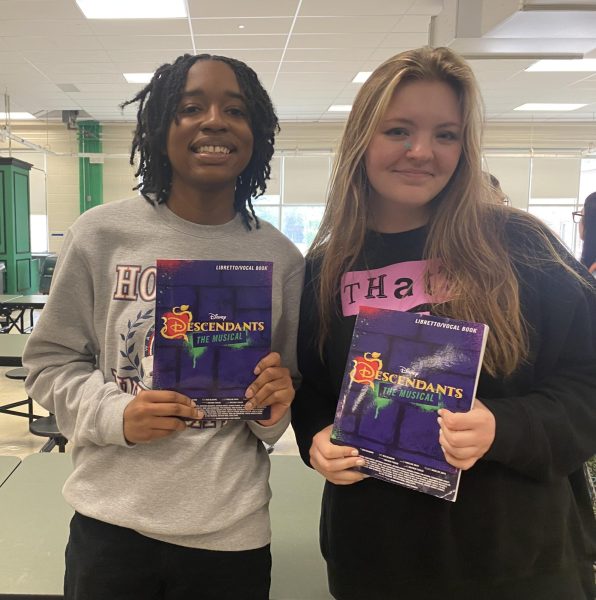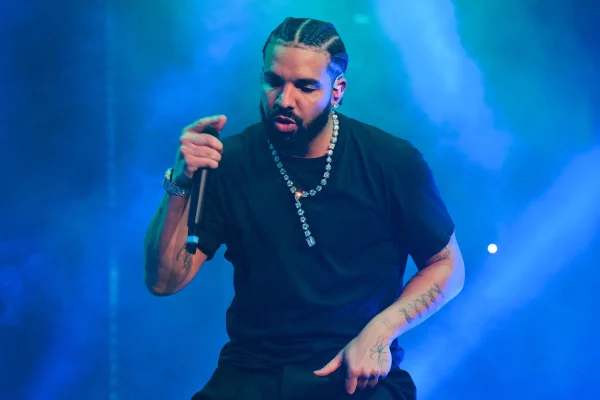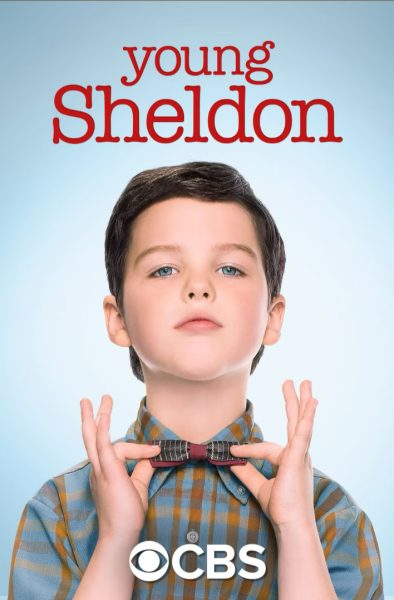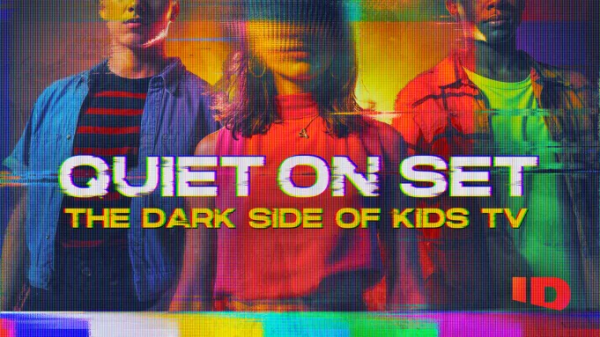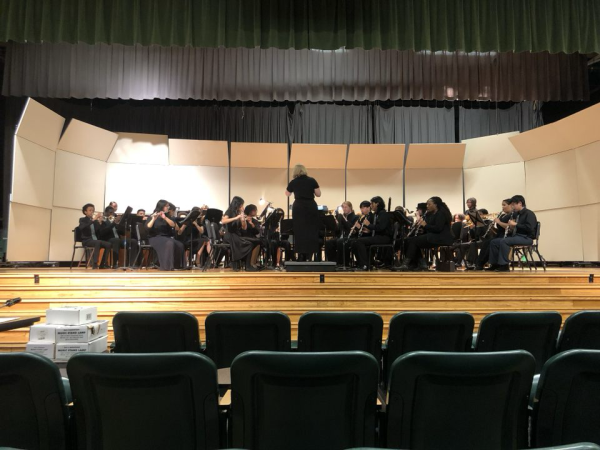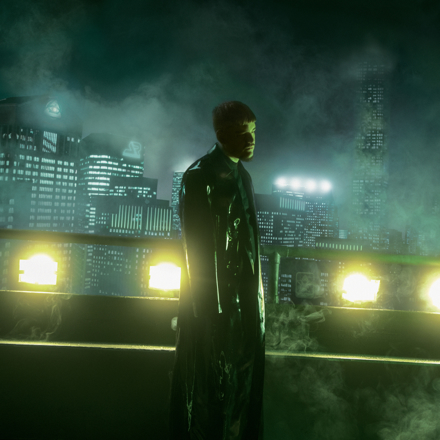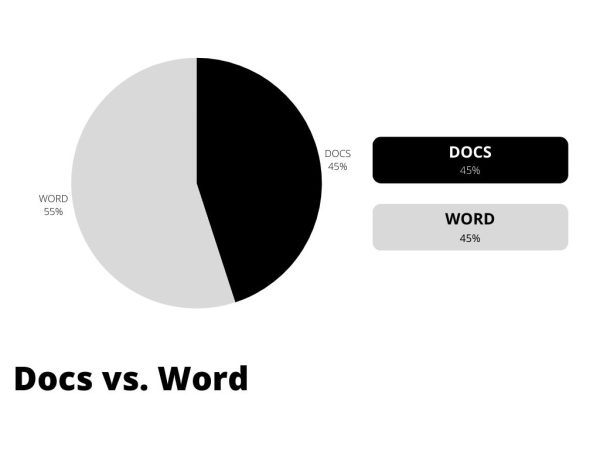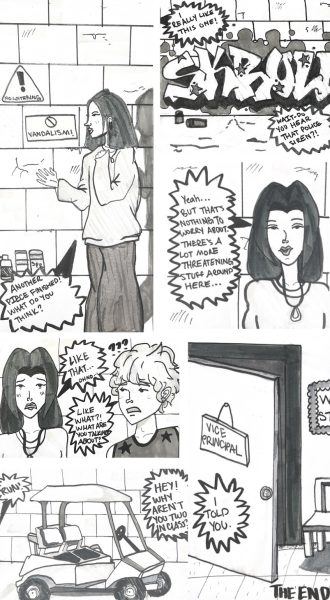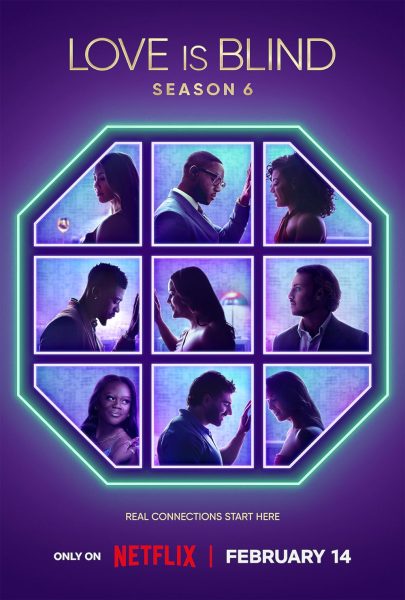Bands get social
With 1.4 million followers on Twitter, HALSEY has become a musician that almost anyone can recognize by name. Her bright blonde pixie cut defines the alternative pop music scene, spreading awareness of pride and perplection within the music industry.
HALSEY released her first album “Badlands” on August 28, 2015, yet she has already managed to sell out Madison Square Garden within a month of announcing her tour. Whether it be because of her electro-pop sounds or her poetic lyrics, HALSEY’s audience can be traced back almost entirely to her social media accounts.
For popular groups that want to be mainstream, social media is a valuable connection between themselves and a passionate fan base. It allows bands to expand their audience and gain traction on platforms other than television and radio.
Yet, student musicians seem to shy away from using these outlets, such as Twitter and Snapchat.
“[Social media] takes away a personal communication… or like you’re personally meeting your fans,” Hanna McCarthy (11) of Hanna Star and the Teenage Teenagers said.
Primarily, reaching out to fans is done by word of mouth for student musicians, using the extensive networks throughout the school to reach interested students.
“I tell through word of mouth at school [about shows],” Bedon Lancaster (12) of Wilby said. “People who use social media more are probably catering to people who are more pop culture consumer people.”
Local professional artists, however, who are trying to gain traction in the pop culture realm, tend to use all areas of social media in order to get the wanted attention.
Zigadoo Money Clips, a local Indie band, uses a plethora of social medias, including Facebook, soundbutt, Bandcamp, YouTube, and Twitter. The group is gaining traction, having recently performed for a David Bowie tribute concert at Minglewood Hall, and it may be a result of their massive presence on social media.
“I think it probably depends on your audience,” McCarthy said. “If you are trying to have a really small close connected audience that will come to every show and you know they will always be close supporters, maybe not.”
With underground bands becoming the “hip” thing of today’s day and age, is social media unnecessary for those bands who wish to keep their local audience as their only audience? Or is it?
Students use social media everyday, and it has become a vital platform to create movements and spread awareness of different aspects of life. However, shying away from it as a way to promote student bands appears to be the norm.
So it all bubbles down to this: social media is for the mainstream wannabees. It’s for the groups that want to live off of performing and creating. As for students, don’t worry. Your mom will still let you play in the garage without millions of followers.
Your donation will support the student journalists of White Station High School. Your contribution will allow us to purchase equipment and cover our annual website hosting costs.



